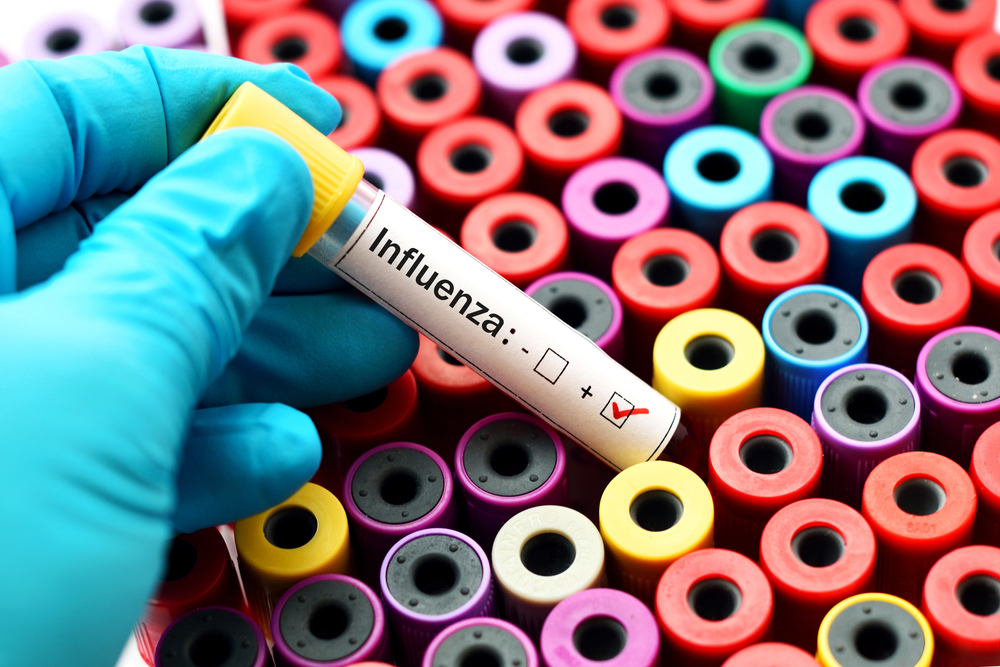
A Pandemic Influenza Plan released last week outlines areas of focus over the next decade and concludes that seasonal flu preparedness efforts must be stepped up in response to “the continually changing nature” of influenza viruses.
The Pandemic Influenza Plan was first undertaken in 2005, and the updated plan released by the U.S. Department of Health and Human Services came nearly six months behind schedule, prompting concerns from leaders of the House Energy and Commerce Committee.
The plan outlines seven areas of focus for 2017-2027: surveillance, epidemiology and lab capabilities; community mitigation efforts; vaccines, therapeutics and other medical countermeasures; preparedness throughout the healthcare system; communications and public education; preparedness among the scientific community; and response and incident management capabilities.
U.S. Reps. Greg Walden (R-OR), the chairman of the House Energy and Commerce Committee, and Tim Murphy (R-PA), the chairman of the Subcommittee on Oversight and Investigations, voiced concerns about the updated plan’s delay in April, citing pandemic threats abroad. The lawmakers noted additional threats following the plan’s release.
“The H7N9 avian flu virus that first appeared in China has grown, causing concern for a possible pandemic,” Walden and Murphy said in a joint statement. “Paired with a recent Government Accountability Office report that said USDA needs to take additional action to reduce the risks of an avian flu outbreak, this plan is long overdue and essential in assessing our preparedness efforts.”
The updated Pandemic Influenza Plan also acknowledges that the “continually changing nature of influenza viruses” can lead to mismatched and ineffective vaccines, as witnessed in the 2014-2015 flu season. The plan reinforces an earlier finding by the Subcommittee on Oversight and Investigations that seasonal flu planning and improvement must be elevated going forward.




